Pride Issue: ‘The Impresarios’
Introduction to issue.
MoreMay-June 2023
Introduction to issue.
More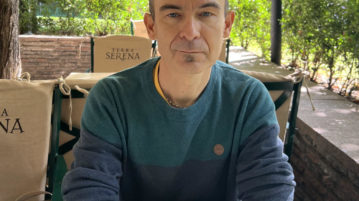
SINCE RUSSIA’S WAR of aggression began on 24 February 2022, the lives of everyday Ukrainians have fundamentally changed. Many people in Ukraine’s lgbtq community are fighting in the military to repel Russian forces and liberate their homeland. Andrii Kravchuk is a Ukrainian lgbtq activist, one of the founders of the Nash Mir (Our World) Gay and Lesbian Centre, Ukraine’s leading lgbtq advocacy center, and is currently working to support the country’s lgbtq community, which is under siege.
More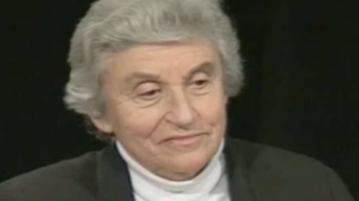
While her novels dealt with incest and other topics, she’s best remembered for her lesbian themes. The Ladies, for example, based on a true story, depicts two women from wealthy Anglo-Irish families who ran off to Wales to live together. They entertained notable visitors, including the Duke of Wellington and Edmund Burke.
More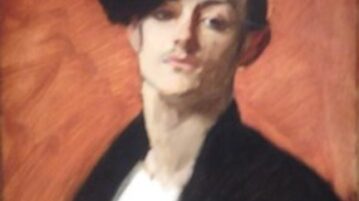
Readers’ Thoughts.
More
THE BRITISH DANCE and opera critic Rupert Christiansen has written a history of Sergei Pavlovich Diaghilev’s Ballets Russes that is not aimed at scholars or specialists. Referring to his morbid addiction to “watching, thinking or dreaming about classical dance and dancers,” Christiansen chooses “to [make] connections that can explain the allure of ballet to those uninfected with my mania.”
More
YIDDISH has entered the American language so extensively by now that most people have probably heard the word “shiksa”—especially if they’ve read Philip Roth’s Portnoy’s Complaint. It’s the Yiddish word for a gentile woman. Robert Hofler’s new book on the making of the Barbra Streisand-Robert Redford movie The Way We Were (1973) is about its masculine equivalent, the much less euphonic “shegetz.”
More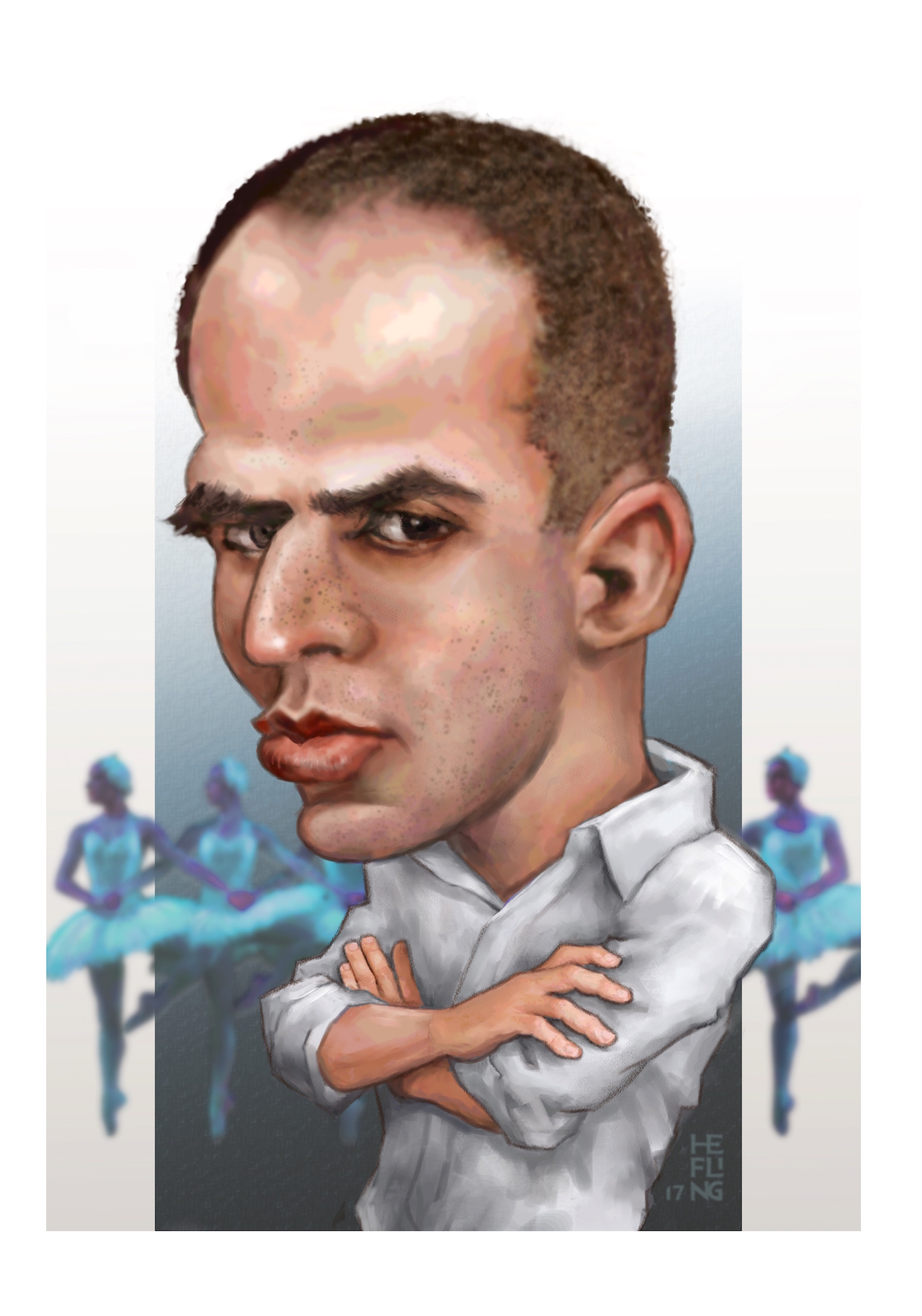
What follows is excerpted from a longer piece that will soon appear in The Line of Dissent, a collection of the author’s essays published in this magazine over the years. Some of the material that follows has previously appeared in these pages (in 2017)—in a three-part essay on impresario Lincoln Kirstein, who cofounded the New York City Ballet with George Balanchine—but much of it is brand new.
More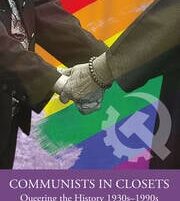
The Communist Party attracted a wide array of progressives: labor and union organizers, garment workers, farm workers, miners, steel workers, artists, and entertainers. Official membership peaked in the late 1940s, then declined after 1947 during the Cold War. The postwar “Red Scare,” a Communist witch hunt, was concurrent with a “Lavender Scare”—an attempt to purge “sex perverts” from the government.
More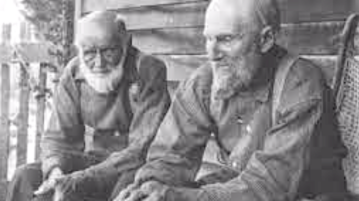
John Amos Chaffee was born in 1823 in Woodstock, Connecticut, and Jason Palmer Chamberlain two years earlier in Windsor County, Vermont, but they met in Worcester, Massachusetts, where Chaffee worked as a wheelwright and Chamberlain as a carpenter. The attraction was immediate and mutual, and they pledged to spend their lives together, but New England was not a welcoming place for men who loved men.
More